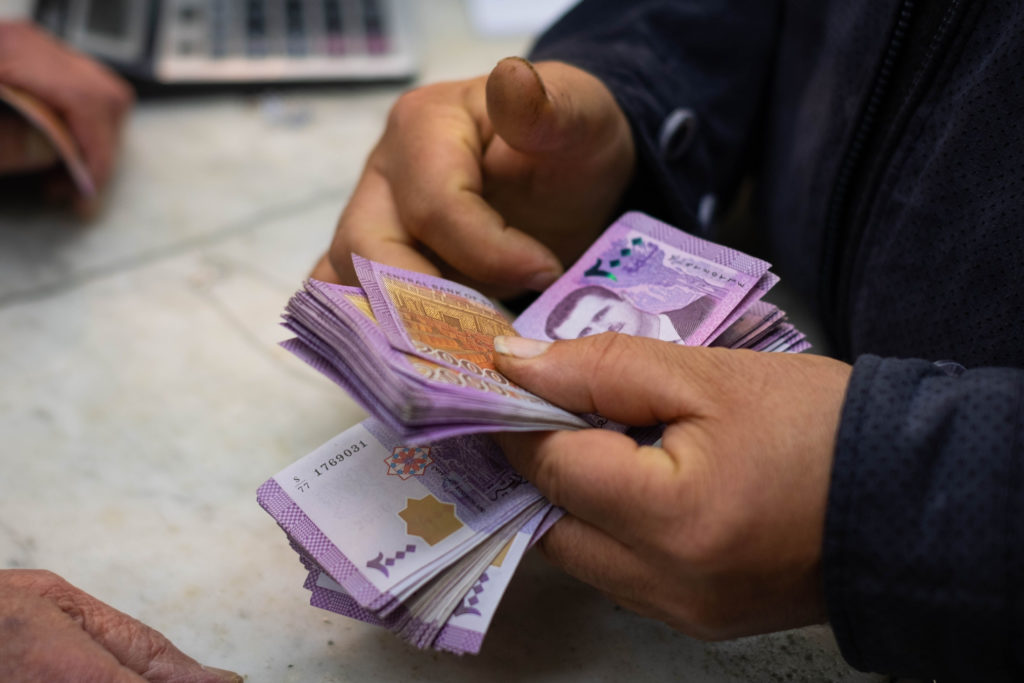Author(s): Mohamad Blakah Miriam Younes

This paper examines the repercussions of Syria’s prolonged economic crisis, primarily in Damascus, Hasaka, and Idleb, initiated by the conflict’s onset in 2011. The nation has witnessed a severe economic decline with a staggering 300 percent inflation rate, leading to uncontrollable price spikes for essential commodities, rendering them financially inaccessible to most Syrians. Over 90 percent of the population now resides below the poverty line, grappling with poverty, job insecurity, and precarious living conditions. This study focuses on the contemporary status, challenges, and self-perceptions of individuals who identify as “middle class” in Syria. The research is based on comprehensive, semi-structured, and longitudinal telephone interviews with eight Syrian residents between October 2022 and January 2023. The paper underscores the difficulties in maintaining a reasonable standard of living, the scarcity of essential goods and services, and the lack of basic infrastructure in urban areas. Many participants employ individual strategies, including receiving remittances or leveraging personal connections to access necessities. Furthermore, participants express disillusionment with prospects for transformative change, a sense of resignation, and the need to endure day-to-day. They face limitations in expressing grievances, providing mutual support, uniting against challenges, or engaging in acts of protest against prevailing conditions.
To read the full article: click here
Disclaimer: Except for articles published on Blog Tadamon and the content of the resource pages, all materials on this website, including their respective photographs, are indexed from their original sources. All rights remain with the respective copyright holders.

Comments are closed, but trackbacks and pingbacks are open.